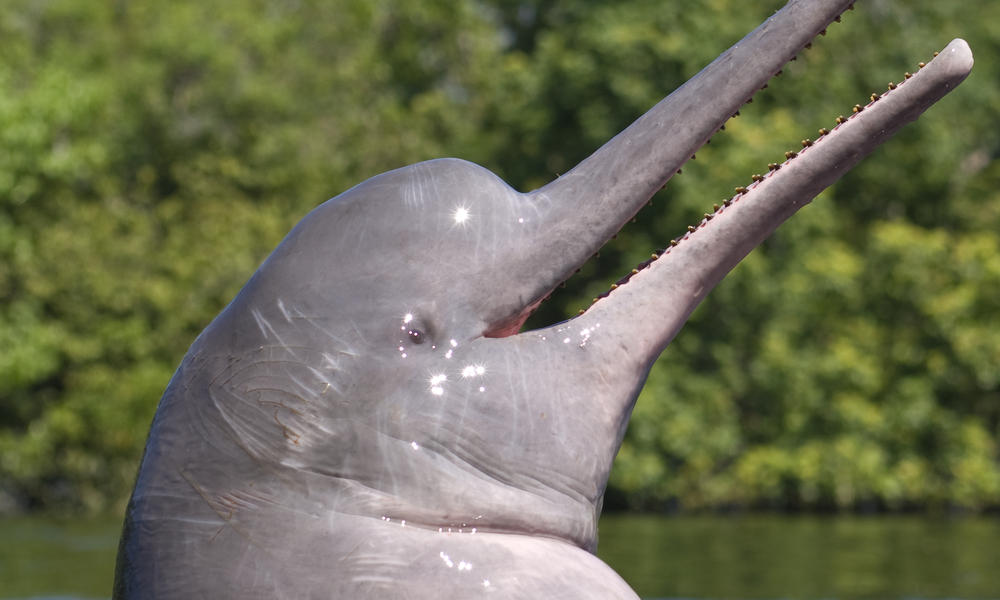Collaborative platforms are necessary to address CSR initiatives for marine conservation, which forms SDG 14 (Life Below Water) of the UN’s Sustainable Development Goal. Our oceans do not recognise political or international borders. Thus, we must deal with coastal and ocean issues like the coral reef crisis internationally, using a collaborative strategy. Efforts by one company to prevent ocean pollution or control overfishing can have a very small effect if others are not contributing to the solution.
A good example is an initiative for sustainable shipping, which is a collaborative effort between the main players in the maritime industry that seeks to attain the vision of both a sustainable and profitable shipping industry. Collaborative efforts between leading companies in a certain industry will create an innovative space for related companies to start using a systematic strategy to resolving maritime challenges and also maximises impact.
It is critical for organisations to study SDG 14 and identify the specific maritime issue that is most substantial to the company and emphasise on an exact solution. The various ocean issues, such as overfishing and acidification, require different strategies and businesses can maximise the impact through choosing solutions that are aligned closely with their expertise, supply chain or business model.
For success in corporate social responsibility, take a cue from these winning CSR initiatives for marine conservation undertaken in the past by companies in India.
River Watch Project
In 2009, Nokia India CSR team collaborated with WWF-India and the Department of Forests and Wildlife Preservation, Punjab, to initiate the ‘River Watch Project’, a programme for the biomonitoring of freshwater biodiversity in the Satluj–Beas–Ravi rivers in Punjab, which covers the Harike Wetland, a biodiversity hotspot.
The purpose of the CSR project was to record the numerous species that reside across various stretches of Punjab. The constant infrastructural encroachment and pollution are but a few of the numerous daunting challenges faced by the region, and thus proved a worthy reason for undertaking the project.
Since its inception in 2010, the ‘River Watch Project’ has recorded 9 mammals, 200 avian species, 7 turtle species and 26 fish species in this wetland. The project also allowed implementation of sustainable local policies and practices near the Harike Wetland, such as the use of biofertilizers to help reduce habitat degradation as well as pollution levels.
In 2011, the mobile company completed a Nilgiri tahr conservation programme in the southern Western Ghats. The programme was aimed at developing structures for the protection of the Nilgiri tahr (an endemic species of the region), mitigation of human–elephant conflicts, and building of community capacity for sustainable livelihood and conservation. The programme, based on multistakeholder participation and sector-based cooperation, guaranteed sustainable ecological security in the landscape. The study identified the most reliable population size for the species till date.
Additionally, 17 completely new smaller populations of Nilgiri tahr were identified. A conservation alliance for the species was also established with support from local NGOs and the Wildlife Association of Rajapalayam to work towards future monitoring and conservation of the Nilgiri tahr in Rajapalayam.
My Ganga, My Dolphin
In October 2012, HSBC Bank CSR team initiated a campaign ‘My Ganga, My Dolphin’ to conduct a dolphin survey. WWF was the implementation partner for this project and Uttar Pradesh Forest Department along with 18 NGOs were the associates.
The Ganga river dolphin (Platanista gangetica) is endemic to the Ganga and Brahmaputra rivers in India, and is locally called as ‘susu’ or ‘soons’. It is the topmost species in the aquatic trophic level and is often called ‘tiger of the Ganga’. The presence of this species in the water system is an indication of a healthy river ecosystem.


